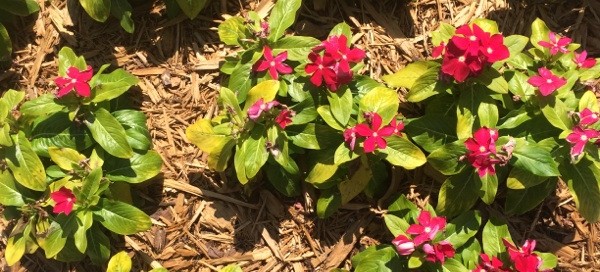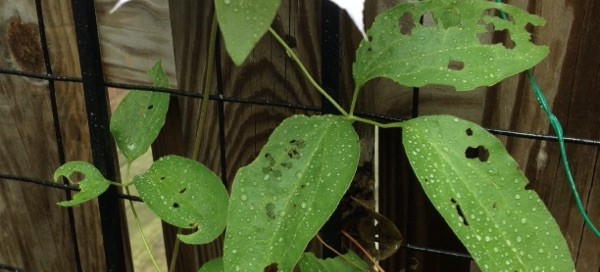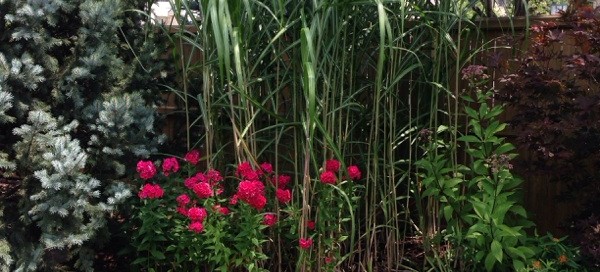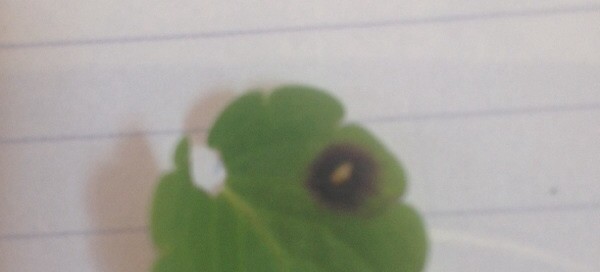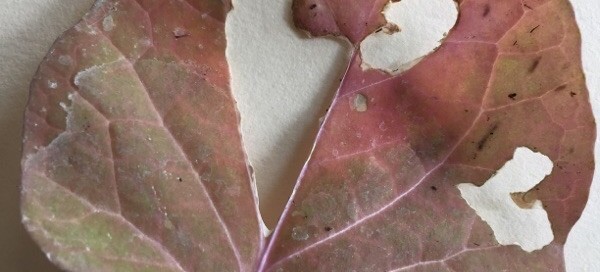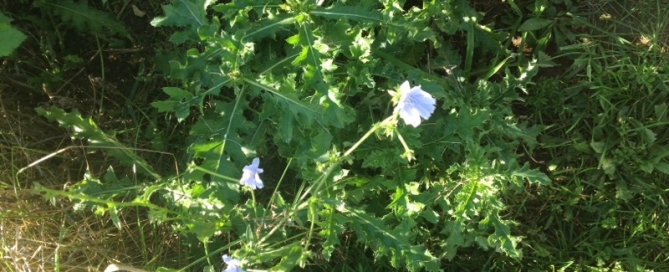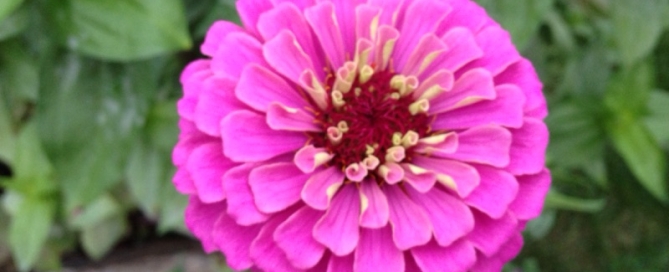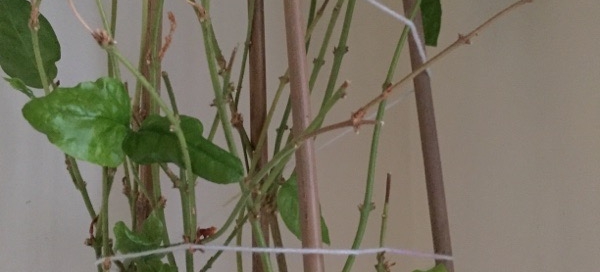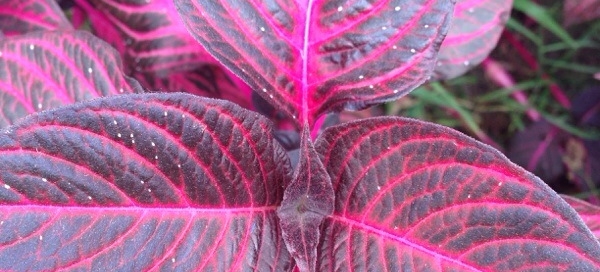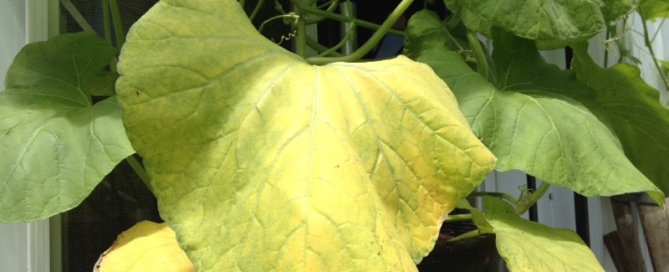Nutrient Deficiency
From the photo it appears there's a nutrient deficiency. If the plant is growing "in-ground" deficiencies are usually not due to lack of nutrients in the soil (unless you used primarly unfertilized soil amendments or organic matter that hasn't broken down yet), but often nutrient deficiency is caused by over or under-watering for the plants needs. Over-watering can cause the plant to produce vegetative growth rather than flowers, and underwatering is stressful for the plant and it may respond by not producing flowers. In water stressed situations, plant roots either begin to rot or dry out and therefore can't function sufficiently to absorb nutrients along with water and we often see yellow leaves. We recommend watering more deeply and less frequently rather than providing smaller amounts more frequently. If the water does not soak into the soil quickly and begins to runoff before you can provide a sufficient amount, you can apply water until it just begins to runoff, let that water soak in, apply more again until just before runoff, let that soak in, and repeat this several times during one irrigation (in the same day). We recommend keeping the soil evenly moist, and avoiding fluctuations between dry and flooded soils to keep the salts diluted in the moist soil. A time-release fertilizer is also recommended.
